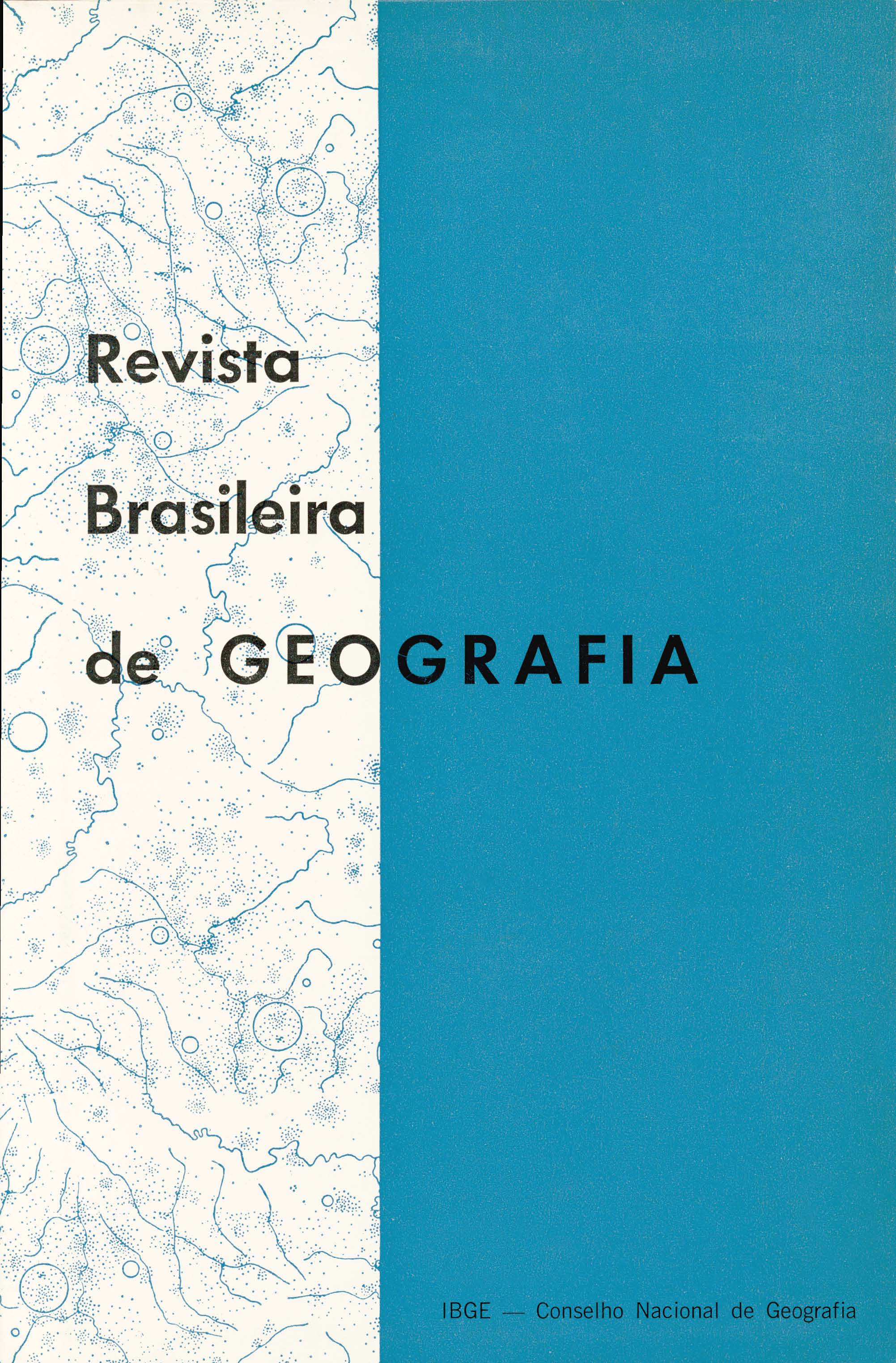Descrição, análise e interpretação conceitual do sistema de classificação de climas de C. W. Thornthwaite
Palavras-chave:
Climatologia, Classificação climáticaResumo
Most of the works of climatic classification that follow Thornthwaite's principles are based on the first studies presented by that author and published in 1931. This article, however, is connected to later points of view, developed by himself in 1942: "An approach toward a rational classification of climate".
C. W. Thornthwaite's most original idea consists in comparing the quantity of precipitated water with the quantity of lost water under various thermal conditions, the result of which is the evapotranspiration phenomenon, that is, the quantity of water lost by evaporation from the soil surface or from the ground waters and by the vegetation transpiration. That phenomenon (a characteristic of the atmosphere adjacent to the soil), which varies in accordance with the temperature and the water quantity available in the soil, led Thornthwaite to wonder how much water would be evapotranspired under the best environmental conditions, that is, the continuous availability of water to the evapotranspirant surfaces (soil or vegetation). In this way, thornthwaite defines the potential evapotranspiration as the one that would become actual if the evapotranspirable water were continuously renewed. Thus, the calculation of the potential evapotranspiration represents a generally satisfactory approximation on the necessities of water in a given place.
However, different from what might be expected, Thornthwaite's classification system doesn't consider the vegetation type. The key of the system consists in calculating two indexes tmt together express an annual mean of aridity and humidity degrees of the region. By comparing, on one side, the potential evapotranspiration with the actual evapotranspiration and, on the other side, the precipitation with that actual evapotranspiration, we can obtain the water quantity the soil can return to the vegetation, when its necessity of water is superior to the quantity provided by precipitations. In this way, the annual water deficits and surpluses are determined.
From the percentual relation between deficits and surpluses, the humidity and aridity indexes are obtained. From the relation between those indexes, altered by the 6/10 coefficient for the humidity index, the effective humidity indexes are obtained. Those indexes, grouped in different classes, establishes the regions that are climatically delimited in terms of humidity degree.
The seasonal variation of the effective humidity determines ten classes: five for the humid climates (effective humidity index above zero) and five for the dry climates (effective humidity index below zero).
Another important index for the climatic classification in Thornthwaite's system refers to the thermal efficiency. This index is established in accordance with the same values of potential evapotranspiration expressed in millimeters and determines nine climatic groups, varying from the icy type (potential evapotranspiration below 142mm) to the mega-thermal type (potential evapotranspiration above ll40mm).
Lastly, it is presented the index of summer concentration of thermal efficiency, with a hypothetical 25 to 100% variation, from the equator to the pole, which establishes eight classes of climatic types.






